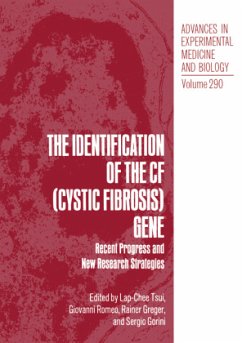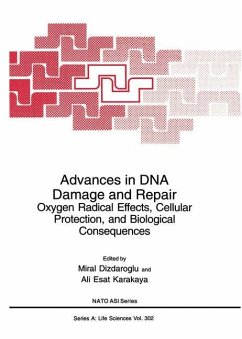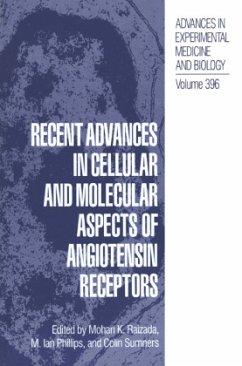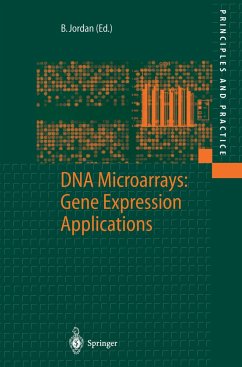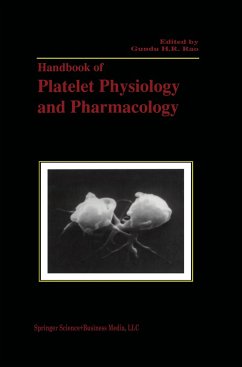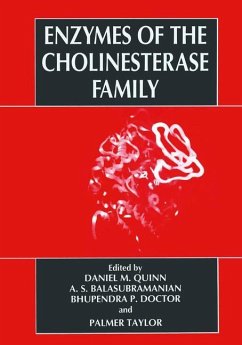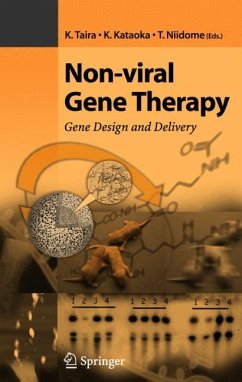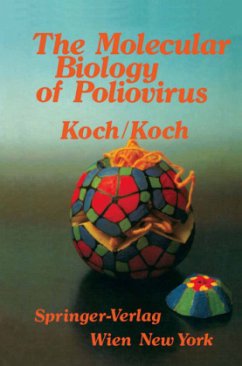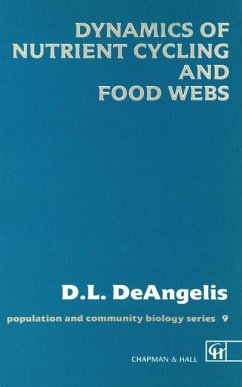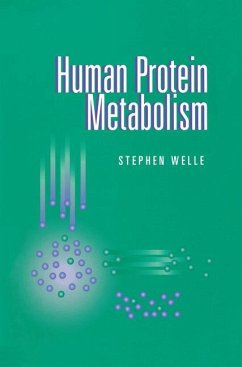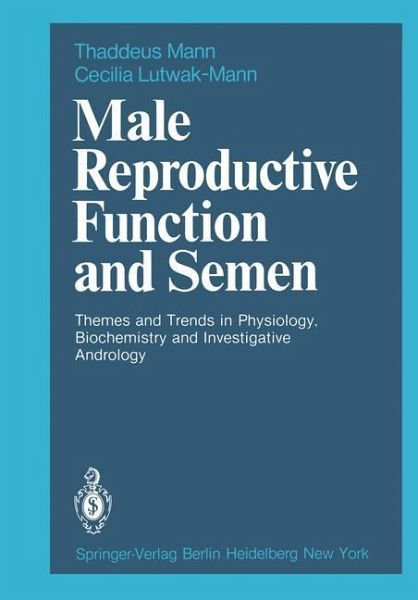
Male Reproductive Function and Semen
Themes and Trends in Physiology, Biochemistry and Investigative Andrology

PAYBACK Punkte
54 °P sammeln!
To present a coherent and meaningful survey of scientific research endeavour in an area that has expanded as fast as physiology and biochemistry of reproduction in the male is no mean task these days. No less prodigious than the growth of knowledge of male reproductive function has been the rate at which the outpouring of publications on this subject has continued since the appearance of 'The Biochemistry of Semen and of the Male Reproductive Tract' in 1964. Since cyclopaedic treatment of this vast literature did not appeal to us, we have made no attempt either to rehash the material contained...
To present a coherent and meaningful survey of scientific research endeavour in an area that has expanded as fast as physiology and biochemistry of reproduction in the male is no mean task these days. No less prodigious than the growth of knowledge of male reproductive function has been the rate at which the outpouring of publications on this subject has continued since the appearance of 'The Biochemistry of Semen and of the Male Reproductive Tract' in 1964. Since cyclopaedic treatment of this vast literature did not appeal to us, we have made no attempt either to rehash the material contained in that book or to enlarge the bibliography beyond the nearly 3500 references included in the present treatise. At the same time, whilst writing, we felt strongly that to advance, it is necessary to understand the past, and for this reason we have not hesitated to refer (especially in the introductory chapter) to a number of those fundamental early discoveries in which today's knowledge is deeply and firmly rooted.





